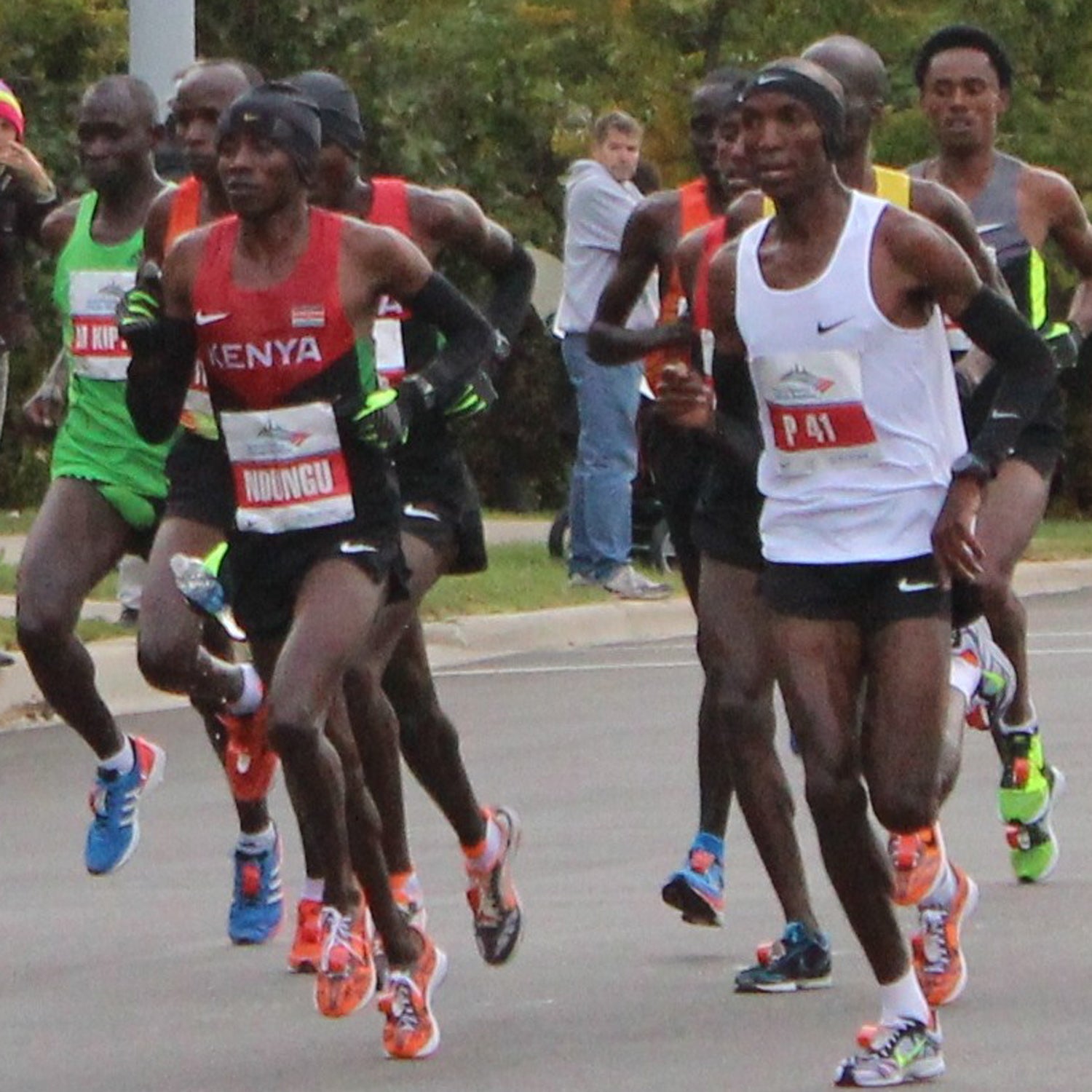The Chicago Marathon announced that it will no longer use pace-setters, beginning at the 2015 race on October 11, the . This marks the first time the race has not used these designated athletes since race director Carey Pinkowski assumed leadership in 1990.
“We relied too much on the pace up front,” Pinkowski told şÚÁĎłÔąĎÍř on Wednesday. “We got away from the chemistry of the competition.”Â
Pace-setters, or “rabbits,” are runners used in distance races—on both the track and roads—to help athletes through the early stages of a race at an ideal pace. At the Berlin Marathon in 2014, in which Dennis Kimetto of Kenya broke the world record, rabbits were used through at least 18.6 miles, according to the .ĚýSome feel that by using them, you create a less interesting race by taking away some of the responsibility of decision making early in the race, .Ěý
The has hosted both the men and women’s world records in the event, in addition to American records for both genders and national records for numerous countries.Ěý
The race will also eliminate its sub-elite pace-setters, including those arranged for the purpose of U.S. Olympic team trials qualification. The race will continue to offer its bonus prize of $2,500 for athletes who qualify for the trials.Ěý
Pinkowski remains optimistic that the absence of pace-setters may not prevent the Chicago Marathon from creating future world and national records.
“Great competition creates great performances,” he said. “If the chemistry of competition is in the forefront, not just going fast, I think you might be surprised.”


